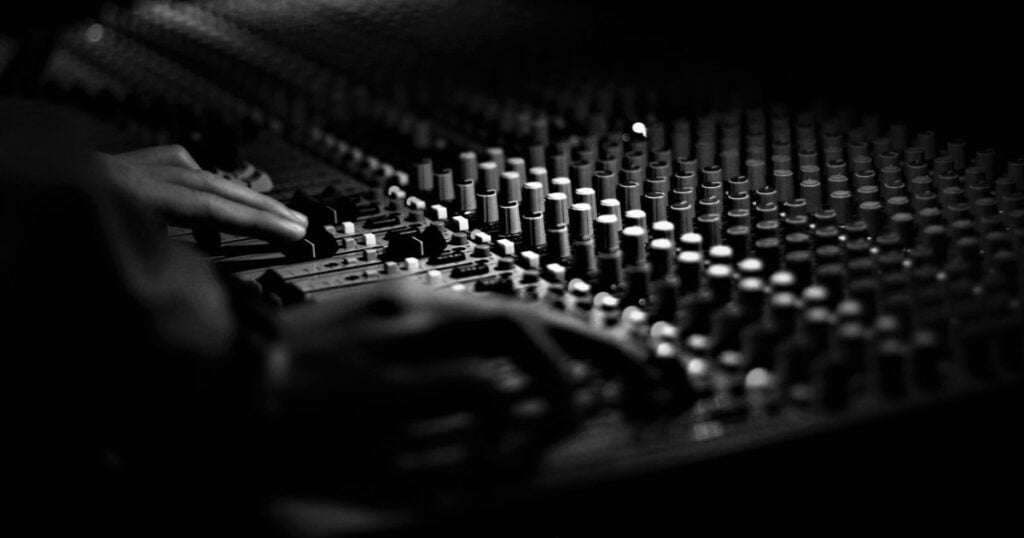Understanding Audio Post-Production Basics


Ever wondered what goes on behind the scenes after your favorite movie is shot? Or how that podcast you love gets its crystal-clear sound? Well, that’s all about audio post-production, a world where magic meets technology to bring out the best in any audio track.
The A-Z of Audio Post-Production
Curious about audio post-production, huh? Picture this: it’s like being a chef, but instead of flavors, you’re mixing sounds. Audio post-production is the stage after recording where the audio gets polished. It’s about editing, mixing, and mastering to ensure everything sounds just right. Whether it’s a movie, a song, or a podcast, this is where the audio magic happens.
And it’s not just about making sounds louder or softer. It’s an art. You balance different elements, remove unwanted noise, maybe add some effects – all to create that perfect auditory experience. It’s like painting, but with sound. Each stroke, each shade, adds depth and emotion to the final piece.
Sound Basics 101
Before you jump into the deep end, let’s get the basics down. Sound basics in audio post-production are your foundation. Think about it like building a house; you need a solid base. Sound basics include understanding different types of audio tracks, how sound behaves, and what makes for good quality audio. It’s about knowing your WAVs from your MP3s, and why bitrate and frequency matter.
Then, there’s the art of listening – really listening. Train your ears to pick up on subtle changes. Is there background noise? Is the dialogue clear? Does the music complement the scene? It’s like developing a superpower where you can hear what others don’t and make it right.
Diving into Audio Editing
Audio editing is your first real step into the world of audio post-production. It’s where you take those raw recordings and start shaping them. Cutting, splicing, adjusting levels – think of it as fine-tuning your guitar before a big concert. You’re setting the stage for a flawless performance.
But it’s more than just cutting and moving pieces around. It’s about timing, rhythm, and creating a flow that feels natural. It’s knowing when to let a moment breathe and when to ramp up the tension with a sound effect. It’s like choreographing a dance, but with audio clips.
Tools of the Trade
So, what do you need to get started? First off, a decent computer. You don’t need a supercomputer, but something that can handle audio software without lagging. Then, the software itself. There are tons of audio editing programs out there – from the well-known giants like Adobe Audition to more specialized tools like Pro Tools or Logic Pro.
Don’t forget a good pair of headphones or speakers. You want something that gives you a clear, true sound. And hey, while you’re at it, consider a quality microphone if you plan to record your own audio. It’s like picking the right brush for a painter – the right tools make all the difference in bringing your audio vision to life.
Wrapping up, diving into audio post-production is like stepping into a whole new world of sound. Remember, it’s all about practice. Start with the basics, play around with editing, and don’t be afraid to experiment. It’s a journey, and every bit of tweaking and tuning you do adds to your skillset. Who knows? The next big movie or chart-topping album could have your audio fingerprint on it.
And hey, if you’ve found this guide helpful and are itching to dive deeper, especially into the finer points of audio editing, I’ve got just the thing. Imagine taking your skills to the next level, exploring intricate editing techniques that can turn good audio into great. Venture into the intricacies of professional audio editing and discover how to elevate your sound to new heights. It’s a game-changer for anyone serious about making it in the post-production world.

Responses